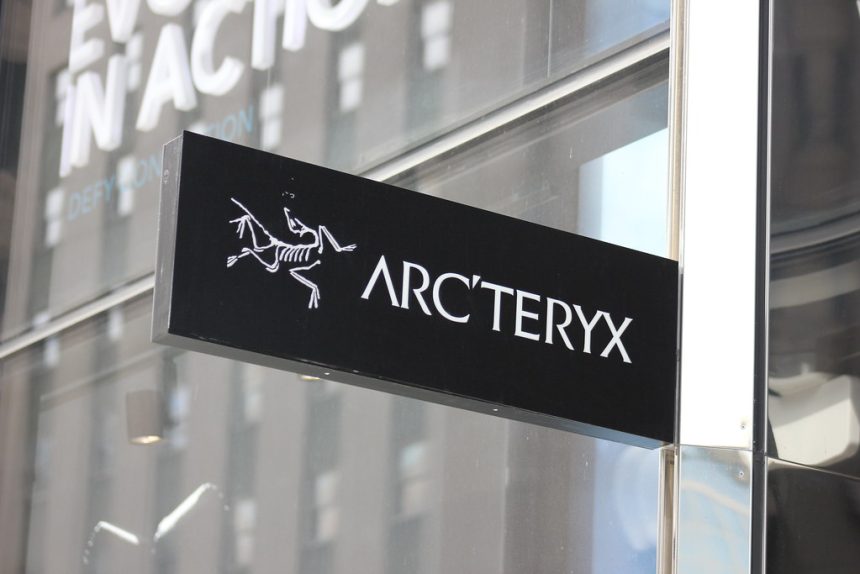What Sparked the Controversy
Outdoor apparel brand Arc’teryx, in collaboration with renowned Chinese artist Cai Guo-Qiang, staged a fireworks display high in the Tibetan Plateau near Shigatse (Gyantse County) to promote its mountaineering image. The event, dubbed Ascending Dragon or Rising Dragon, featured choreographed pyrotechnics and coloured smoke tracing a dragon-shape along Himalayan ridgelines.
Although the organisers claimed they used eco-friendly, biodegradable fireworks, relocated livestock, and cleared debris afterwards, the spectacle drew immediate criticism. Tibet is a sacred region for Tibetan Buddhists, and its fragile ecosystem heightened concerns over environmental damage and cultural insensitivity.
Public Outcry & Official Response
Social media, both in China and internationally, erupted in condemnation. Many users criticised the display as contradicting Arc’teryx’s environmental and conservation values. Comments such as “imagine selling $800 jackets… then nuking the mountains” appeared on Instagram, while in China, people questioned the environmental impact on soil, vegetation, water, and wildlife.
In response, Arc’teryx issued apologies in both English and Chinese. In its English statement, the company said the event “was out of line with Arc’teryx’s values … in direct opposition to our commitment to outdoor spaces.” It added that the company was “deeply disappointed” and would work more carefully in the future with local teams and the artist.
Artist Cai Guo-Qiang also apologised, acknowledging “many oversights” and pledging to support restoration efforts if needed.
Environmental & Cultural Concerns
- Ecosystem sensitivity: The Tibetan Plateau is one of the world’s most climate-sensitive regions. Even with claims of biodegradable materials and wildlife precautions, local observers warned that pyrotechnic residue, chemical smoke, and physical disturbance could cause long-term harm to plants, animals, soil and water sources.
- Cultural sacredness: Many Tibetans view their landscapes—mountains, ridgelines, high plateaus—as sacred. Fireworks and spectacle in such places are sometimes seen as disrespectful, especially without local consultation or sensitivity to spiritual significance.
Consequences & Repercussions
- Local government in Shigatse has launched an investigation into the display to assess whether environmental laws or regulations were violated.
- The China Advertising Association publicly criticised Arc’teryx, accusing it of misleading environmental claims and eroding consumer trust.
- Videos and ads related to the event have been taken down. The brand says it will engage third-party environmental groups to audit the impact.
Why It Matters
This incident illustrates the risk brands face when marketing stunts conflict with their environmental or ethical identity. For a company like Arc’teryx, which promotes its gear for use in wild places, committing to nature is part of its brand promise. When a promotional event visibly clashes with that promise, especially in ecologically or culturally sensitive areas, the fallout can be swift and severe.
It also raises broader questions about where the lines are drawn between art, commerce, and environmental protection—especially in regions that are remote, sacred, or ecologically fragile.










